According to information from the Center for Culture - Information - Sports and Tourism of Vung Tau Ward (HCMC), the Department of Agriculture and Environment of HCMC has sent a report on the results of testing seawater samples in Vung Tau Ward. The results show that the water has the presence of Noctiluca scintillans algae (genus Noticula, family Noctilucaceae, phylum Dinoflagellata), with a density of about 80 cells/ml of seawater.
Previously, the Department of Agriculture and Environment of Ho Chi Minh City requested the Institute of Life Sciences (Vietnam Academy of Science and Technology) to coordinate and support water sample analysis.
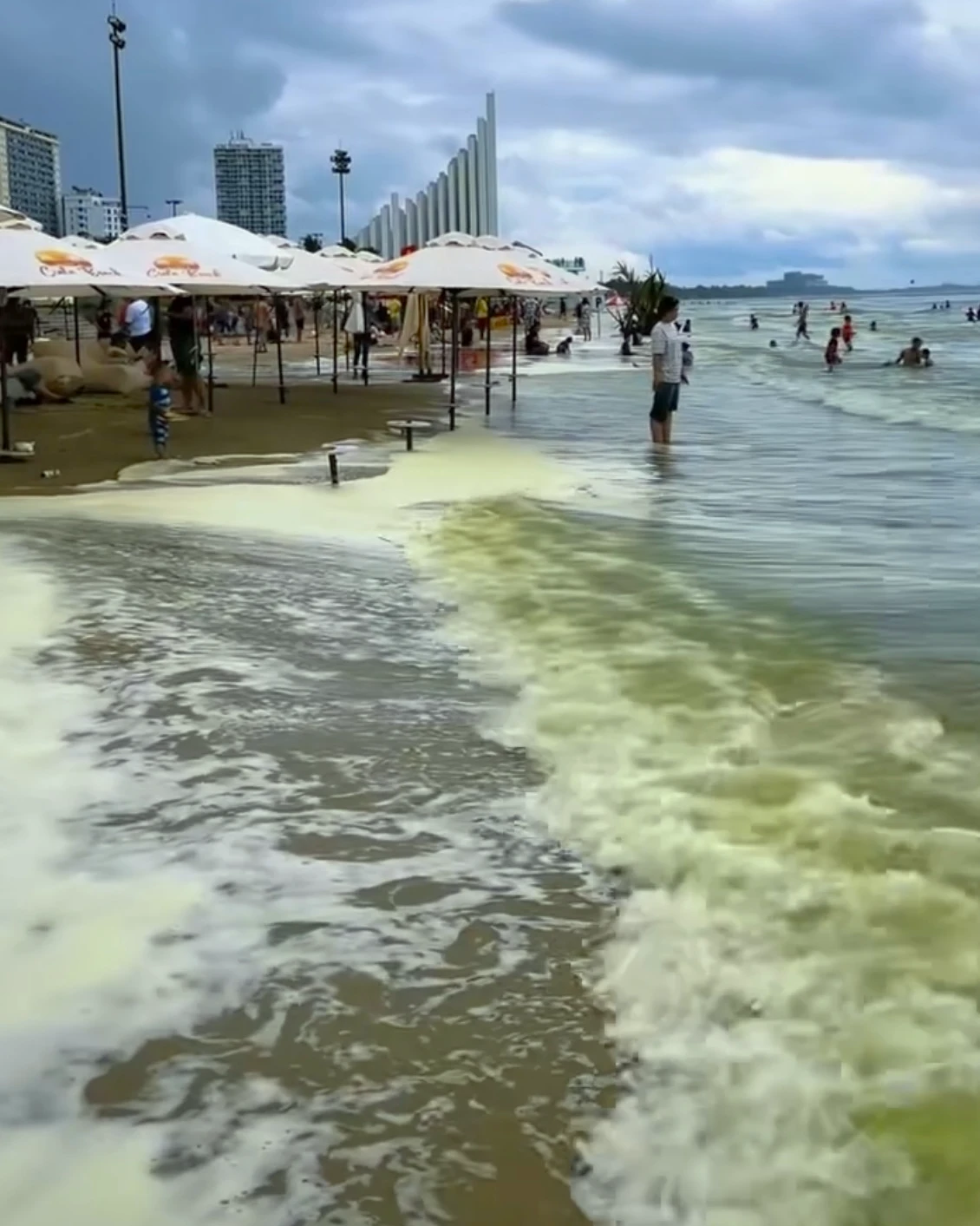 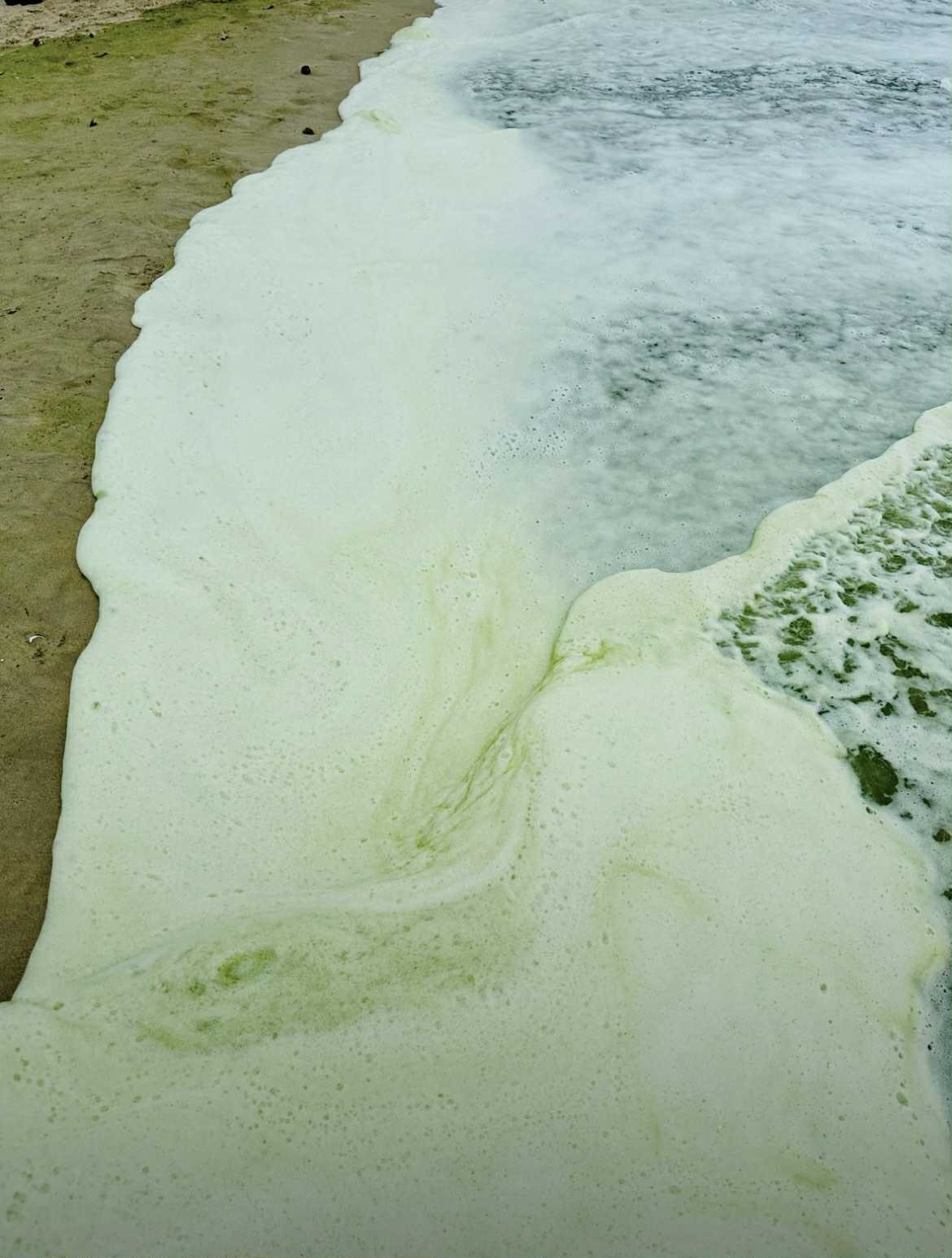 |
The sea water at Back Beach (Vung Tau ward) turned green on October 25. Photo: Huynh Ngoc Anh. |
This is a widely distributed algae, often found near the shore, with the ability to grow strongly, depending on the temperature and nutrients in the seawater. This type of algae does not affect human health because it is not toxic, the seawater turning green is a natural phenomenon.
Currently, the beach area in Vung Tau ward no longer has the phenomenon of green sea water. In the coming time, the Department of Agriculture and Environment of Ho Chi Minh City, the People's Committee of Vung Tau ward and related units will continue to monitor the beach area here according to their assigned functions and tasks.
Previously, on the afternoon of October 25, many tourists witnessed the sea water at Back Beach (Vung Tau Ward, Ho Chi Minh City) having a strange green color when the waves hit the shore. When the waves receded, the sand would leave a tiny layer of green, the white foam was also thicker and fluffier.
The sudden change in color of the water has also caused many tourists to express their concerns about pollution and skin irritation when swimming in the sea on Vung Tau tourism groups and forums.
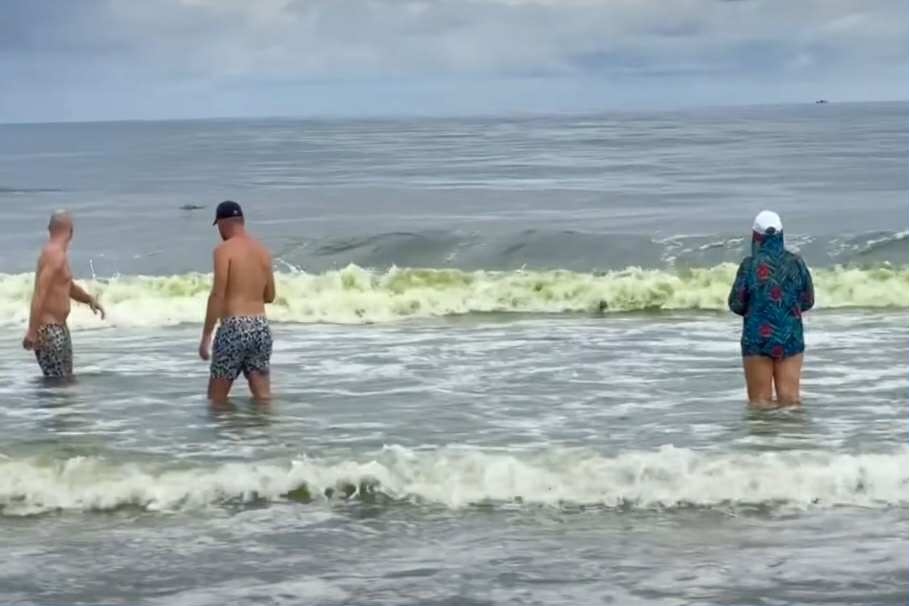 |
When algae density increases suddenly, seawater can change color. Photo: Duong Huyen. |
Explaining the initial phenomenon of seawater discoloration, Mr. Pham Khac To, Director of the Center for Culture - Information - Sports and Tourism of Vung Tau Ward (HCMC), said that this is an annual algae bloom phenomenon, depending on the water environment, and is closely monitored by the ward, so residents and tourists do not have to worry about health effects when swimming in the sea.
When the algae have absorbed all the nutrients in the seawater, lack of light or other organisms will reduce the density, the seawater will begin to clear, returning to its original color. To ensure that residents and tourists can enjoy and swim in the sea, after this phenomenon appears, the rescue team deployed at Bai Sau will directly answer questions.
Source: https://znews.vn/ro-nguyen-nhan-nuoc-bien-vung-tau-xanh-nhu-matcha-post1605401.html



![[Photo] Next to the "mountain of trash" after the flood, Tuy Hoa residents strive to rebuild their lives](/_next/image?url=https%3A%2F%2Fvphoto.vietnam.vn%2Fthumb%2F1200x675%2Fvietnam%2Fresource%2FIMAGE%2F2025%2F11%2F24%2F1763951389752_image-1-jpg.webp&w=3840&q=75)











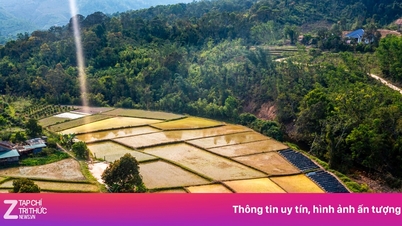













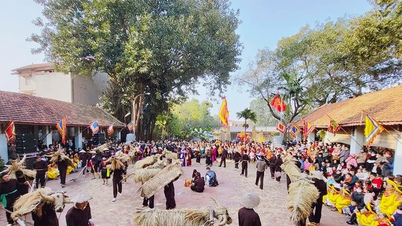

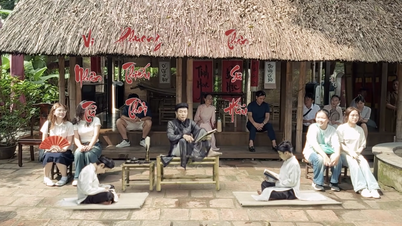



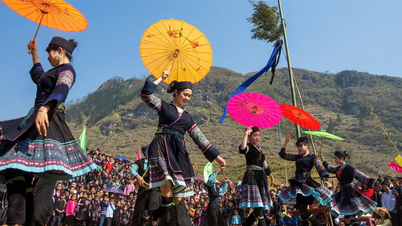


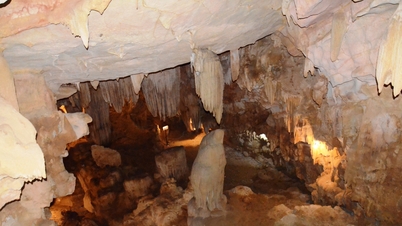






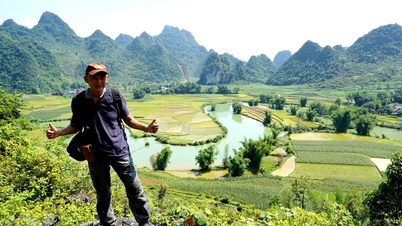

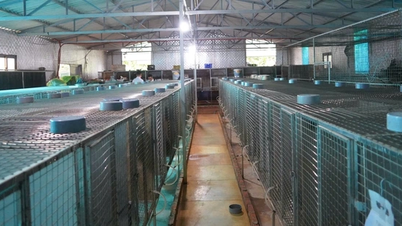



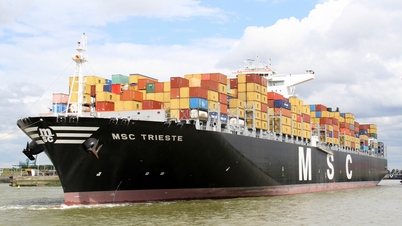



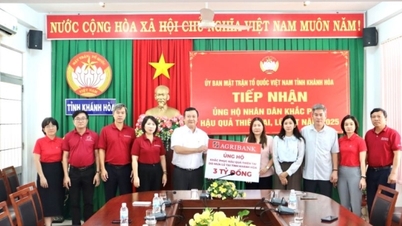







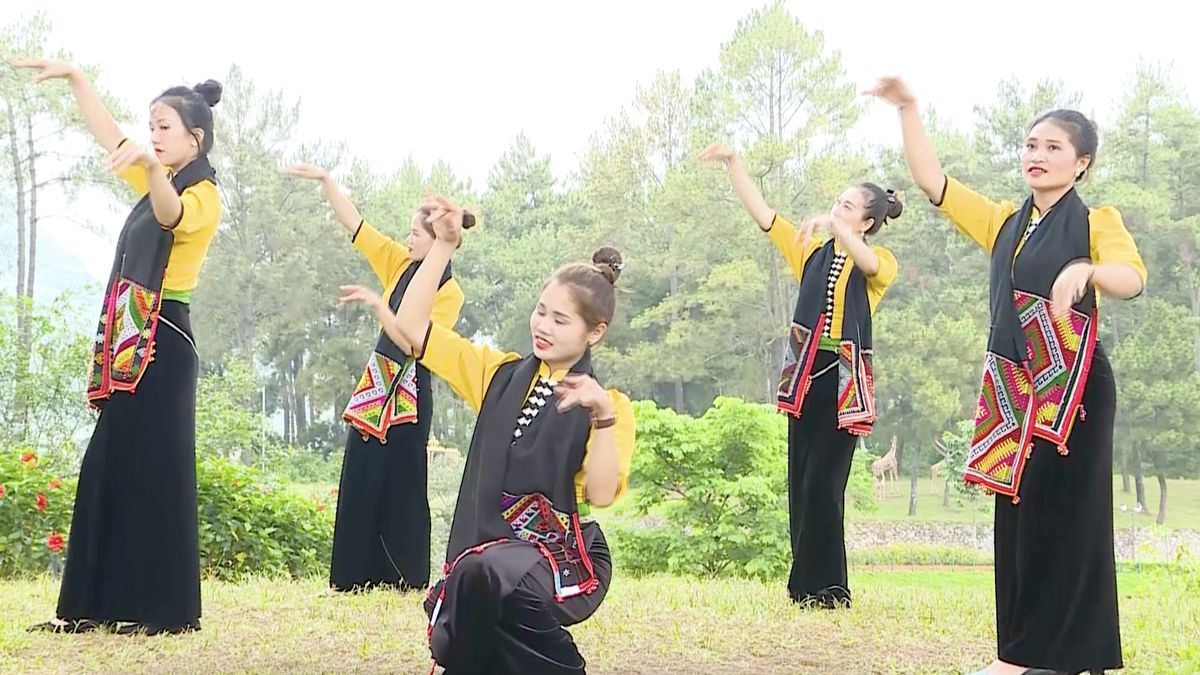

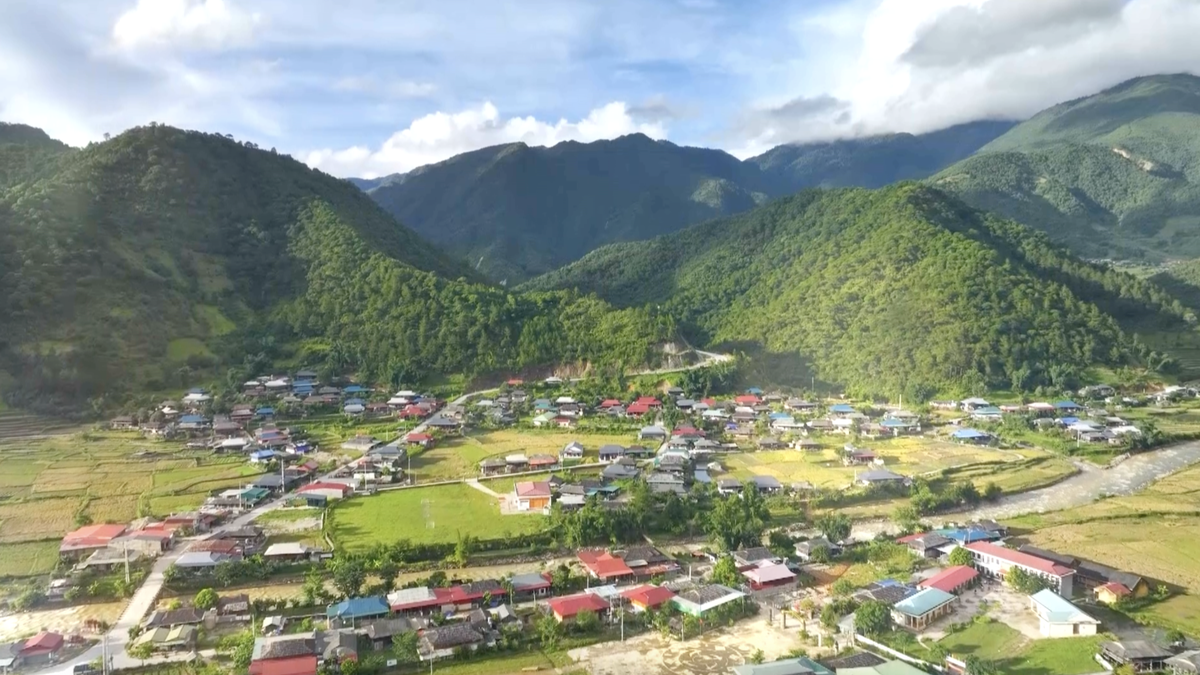




![[Photo] General Secretary To Lam attends the National Conference to review the Party's inspection, supervision and discipline enforcement work in 2025 and the 13th Congress term](https://vphoto.vietnam.vn/thumb/402x226/vietnam/resource/IMAGE/2025/11/24/1763967570884_anh-man-hinh-2025-11-24-luc-13-59-19.png)
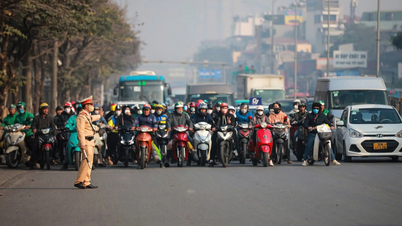






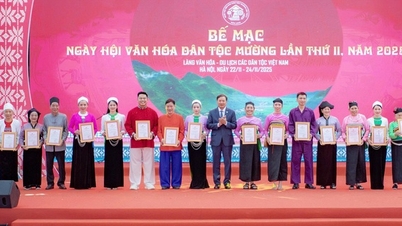
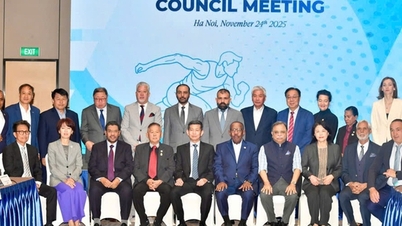


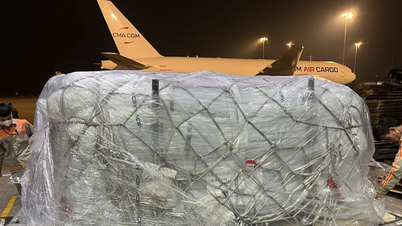

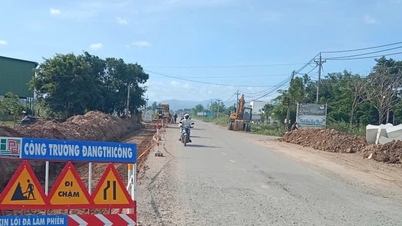
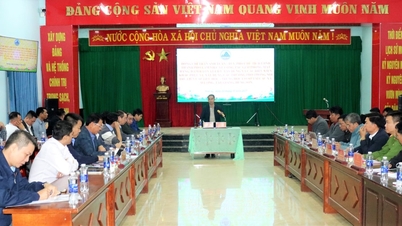

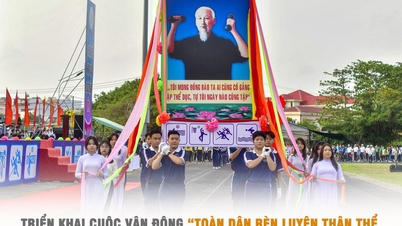













Comment (0)